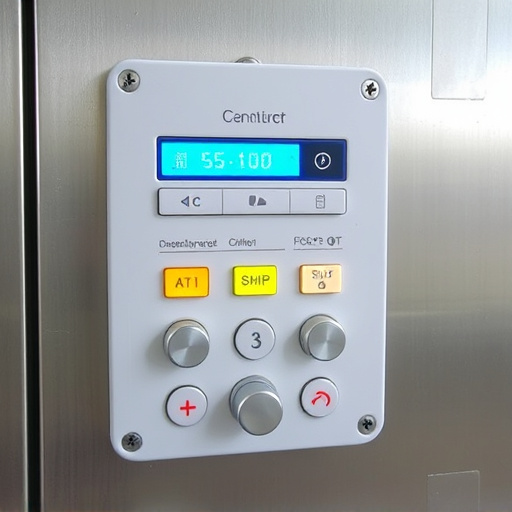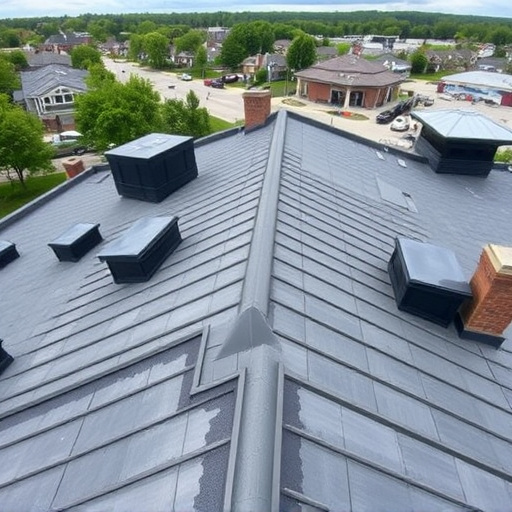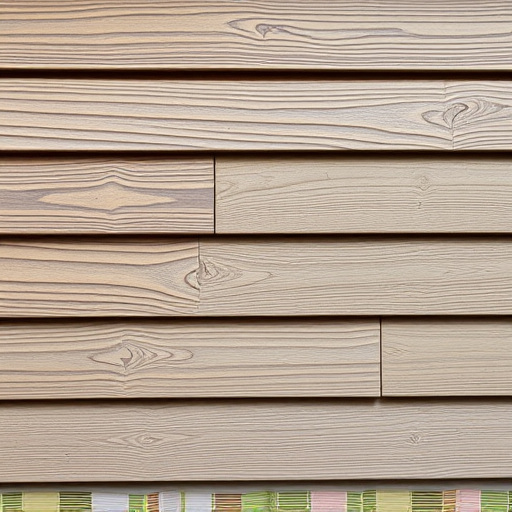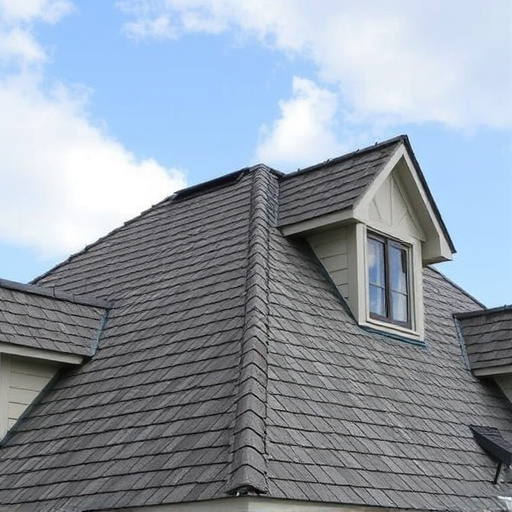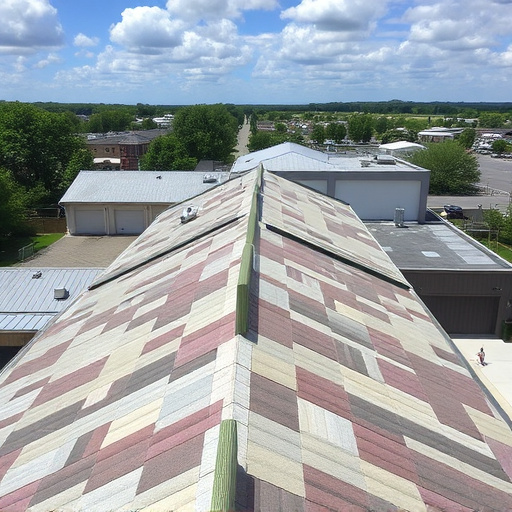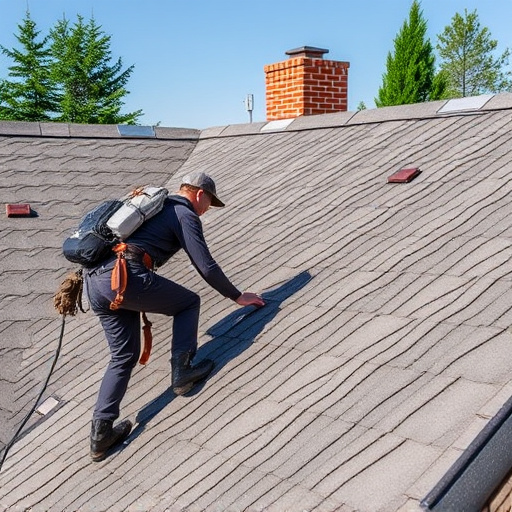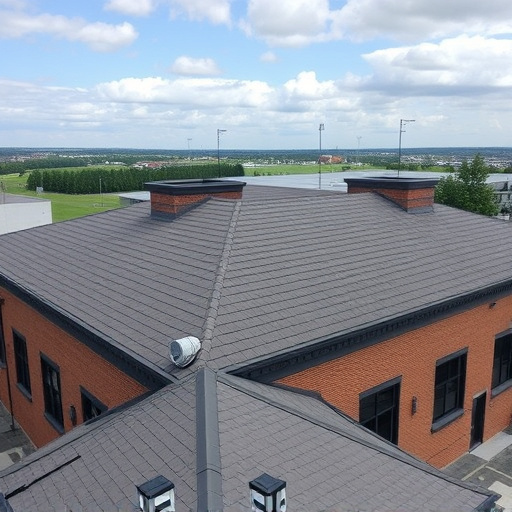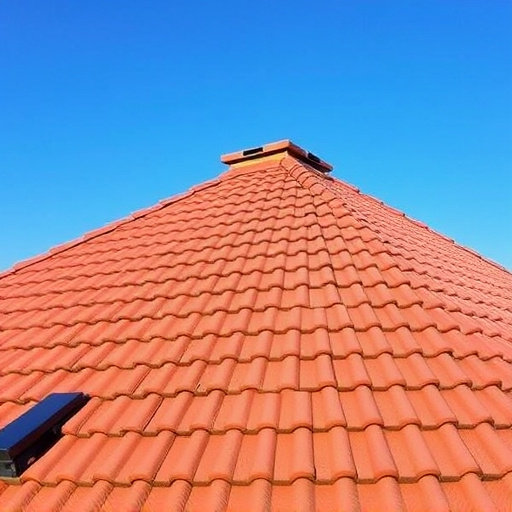Roof replacement costs vary greatly depending on roof type (flat, sloped, complex), requiring tailored materials and techniques for optimal performance and aesthetics. Quality materials, meticulous planning, and skilled professionals are crucial for roof repair and replacement, ensuring longevity and structural integrity across all roof types. Engage experienced contractors for professional results, regardless of roof complexity.
“Roof replacement is a significant undertaking, especially with the vast array of roof types and styles. Whether you have a flat, sloped, or complex roof line, understanding the unique challenges each presents is crucial for a successful installation. This guide delves into the intricacies of roof replacement for various structures, exploring suitable materials and techniques tailored to each style. From proper preparation to long-lasting solutions, we provide essential tips for a seamless and effective roof replacement.”
- Understanding Different Roof Types and Their Replacement Needs
- Materials and Techniques for Each Roof Style
- Tips for Seamless Installation and Long-Lasting Results
Understanding Different Roof Types and Their Replacement Needs

Roofs come in various types, each presenting unique challenges when it comes to replacement. Flat roofs are common in commercial buildings and require specific materials designed to withstand weight and offer long-term protection against moisture intrusion. On the other hand, sloped roofs, often found in residential properties, demand a different approach due to their angle, which affects drainage and requires suitable flashing and ventilation to prevent damage.
Complex roof lines, characterized by intricate designs or multiple levels, pose unique installation challenges. These roofs may need specialized techniques and materials to ensure water runoff is effective while maintaining structural integrity. Proper evaluation and understanding of these variations are essential for successful roof replacement, ensuring longevity and the best performance for each specific structure. Consider professional advice for both roof repair and siding services tailored to your roof’s unique needs.
Materials and Techniques for Each Roof Style

When it comes to roof replacement for different roof lines, materials and techniques vary significantly. For flat roofs, often considered low-slope roofing, common materials include EPDM (Ethylene Propylene Diene Monomer), TPO (Thermoplastic Olifin Polyolefin), and PVC (Polyvinyl Chloride) membranes. These are durable, cost-effective options known for their resistance to punctures and weathering. Installation involves careful sealing of joints and edges to prevent water intrusion.
Sloped roofs, typically pitched between 20-45 degrees, require materials suited for steep slopes like asphalt shingles, metal roofing, or tile. Complex roof lines, characterized by unique shapes and angles, demand specialized solutions such as custom-cut tiles, metal panels, or synthetic slate. Roofing services for these scenarios often involve intricate measuring, crafting, and fitting to ensure a seamless home exterior finish. Moreover, skilled professionals employ advanced techniques for roof repair and replacement, ensuring longevity and aesthetic appeal across all roof types.
Tips for Seamless Installation and Long-Lasting Results

When undertaking a roof replacement, whether for a flat, sloped, or complex roof line, several tips can ensure seamless installation and long-lasting results. First, choose high-quality materials suitable for your specific roof type. This includes considering not just the roofing itself but also complementary components like siding and gutters, which should harmonize in style and durability. For instance, if you opt for impact-resistant shingles to protect against storm damage repair, pair them with a robust siding installation that enhances energy efficiency.
Secondly, meticulous planning and preparation are key. Assess your roof’s structural integrity and ensure any necessary repairs are made before the new roofing goes up. Regularly inspect your gutters and downspouts, clearing debris to prevent clogs that could compromise the drainage system. Moreover, consider the installation method – whether it’s a more complex process for steep slopes or a straightforward approach for flat roofs – and select contractors with experience in these areas to guarantee a professional finish.
Roof replacement is a significant investment, but understanding your unique roof line—be it flat, sloped, or complex—is key to ensuring a successful and long-lasting installation. Each roof style presents its own set of challenges and opportunities, with varying materials and techniques required for optimal results. By considering these factors and following expert tips for seamless installation, homeowners can achieve both functionality and aesthetic appeal, safeguarding their homes against the elements for years to come.

